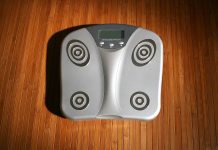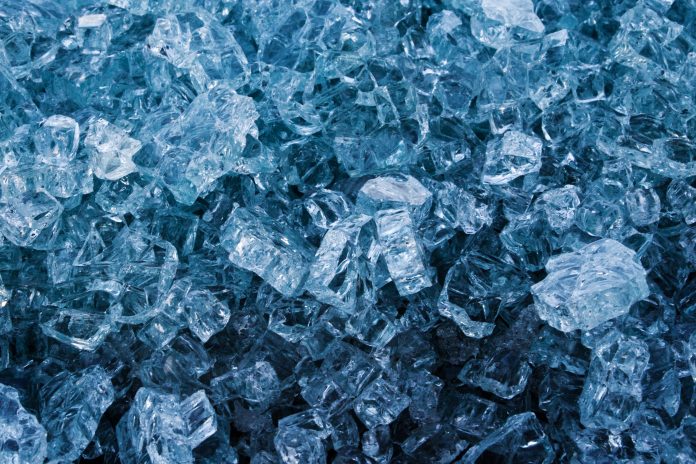It may take weeks or even months of rest and treatment to heal a shin splint. Shin (tibia) pain can be an excruciatingly untreated problem for many athletes, especially runners, dancers, and even those undergoing military training. Bone tissue is often overworked and swollen due to increased activity and constant use. During physical activity, this body area seems to bear the brunt of the movement, leaving throbbing and pain.
People with flat feet are more prone to shin splints because the arch of the foot drops at impact. Weakness in the core and hips can also affect this area. Staying on the same surface during strenuous activity reduces the risk of developing shin splints.
If you’re already developing thin splints, don’t worry. Shin splints often heal on their own, but if your shin splints don’t go away, here are 7 easy ways to deal with this persistent and painful condition. 1. Rest. When treating shin splints, it is essential to give your body time to heal. For energetic individuals, ceasing all physical activity can be problematic, but exercise can be performed that has little or no effect on the lower extremities. This includes core training. All of these can help modify your activity and strengthen your weak core.
2. Ice. Applying ice to the shin reduces swelling and provides immediate pain relief. This treatment should be done for 20-30 minutes every few hours for 2-3 days. Providing ice to this area can reduce pain and inflammation and speed up the transition to physical activity.
3. Anti-inflammatory. His NAISDs such as ibuprofen, naproxen, and aspirin help reduce inflammation caused by shin splints. These should be used occasionally as recommended by your doctor.
Four. Invest in insoles. Podiatrists often make custom braces. But if you’re looking for a cheaper option to treat that tingling pain, adding over-the-counter insoles to your shoes can greatly reduce pain during exercise. Insoles are great for people with flat feet. It adds structure to the sloping arch, relieving your feet from the pressure you feel during exercise.
Five. Try a range of motion exercises. Shin pain can originate from the muscles above the shin. B. Weak hips or hamstrings. The pain in the lower body is also improved by activating the thigh joints and muscles. Everything needs to work together during training, so it’s very important to pay attention to your whole body.
6. Consider compression sleeves. Wearing a neoprene sleeve over the calf gives your legs the support they need for intense activity. Wearing this material on the lower leg keeps the muscles warm to the touch and helps support movement.
7. Physiotherapy. Physical therapists use a variety of exercises to help relieve symptoms of shin splints and relieve pressure in the lower extremities. A physical therapist may also use topical therapies to control pain by rubbing and massaging the affected area.
These seven treatments can help with pain and other symptoms associated with shin splints. As with any other condition, if your shin splints don’t go away after a long period, see a qualified doctor. It can take months for this pain to go away completely, so it’s important not to rush this healing process. Make sure you can jog, run or sprint without pain before heading back to the court or track.













